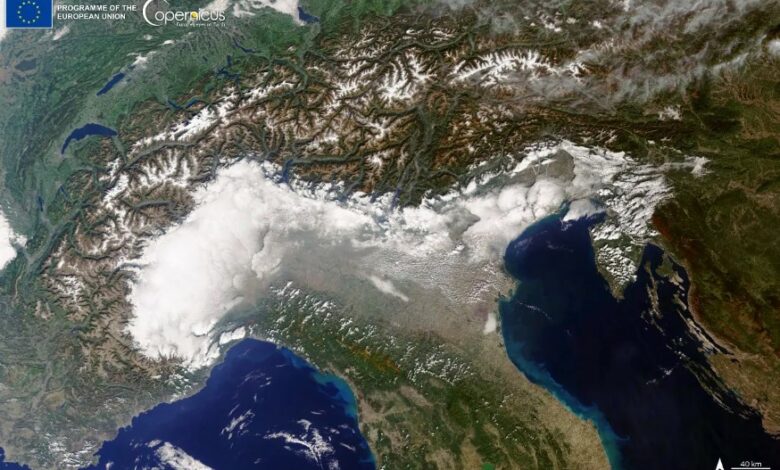MEPs postpone stricter air quality limits to 2035

Parliament’s negotiating position passed with 363 yes, 226 no and 46 abstentions
(sustainabilityenvironment.com) – Europe must align itself with the new air quality standards suggested by the World Health Organisation (WHO), but without running: it is enough to comply with them from 2035. This is the position adopted yesterday by the European Parliament in view of the last step, the negotiations with the Council on the revision of the air quality directive. A position that civil society associations label as unambitious and “a missed opportunity“, instead demanding that the date of 5 years be brought forward. As the Committee on the Environment had requested at the time.
What the European Parliament wants about air quality in the EU
The text provides that the Community limits for the main pollutants, including fine particles PM10 and PM2.5 and NOx, are aligned with those of the WHO. The new limits set in September 2021 for PM2.5 provide for a halved annual threshold of 5 μg/m3 while the 24-hour limit drops from 25 to 15 μg/m3. For PM10 the annual limit is increased from 20 to 15 μg/m3. NO2 drops to 10 μg/m3 on an annual basis and 25 μg/m3 as a daily limit, ozone (O3) rises to 60 μg/m3 while the 24-hour threshold for carbon monoxide (CO) is set at 4 μg/m3.
read also Air quality in Europe, in 2020 more than 300 thousand premature deaths between PM2.5, NOx and O3
Postponing the alignment to 2035 will have “serious health implications for all Europeans“, will affect the economy and “most likely will be used as an excuse to postpone the urgent action needed“, stresses Margherita Tolotto of EEB. While for Zachary Azdad of Transport & Environment “today’s vote will do little to accelerate the introduction of low and zero emission zones in Europe, throwing a lifeline to dirty diesel and petrol cars”.
The position adopted by 363 votes in favour, 226 against and 46 abstentions, however, introduces stricter air quality limits than those proposed by the Commission at the time and specifies that these should be taken as intermediate targets to be reached by 2030 at the latest.
The other point on which the European Parliament is strengthening the proposal is monitoring. In urban areas there should be at least one super-monitoring site per two million inhabitants (the Commission proposed every 10 million). Whereas in places where high concentrations of ultrafine particles, black carbon, mercury and ammonia are likely to occur, there should be one sampling point per million inhabitants. The Commission proposed every five million and only for ultrafine particles.





